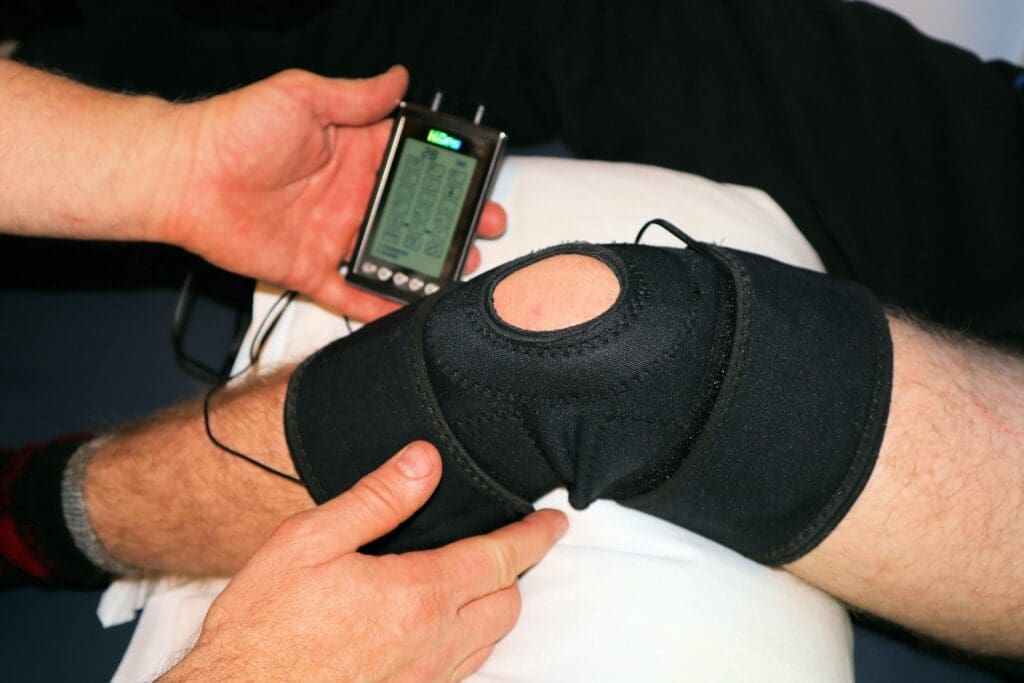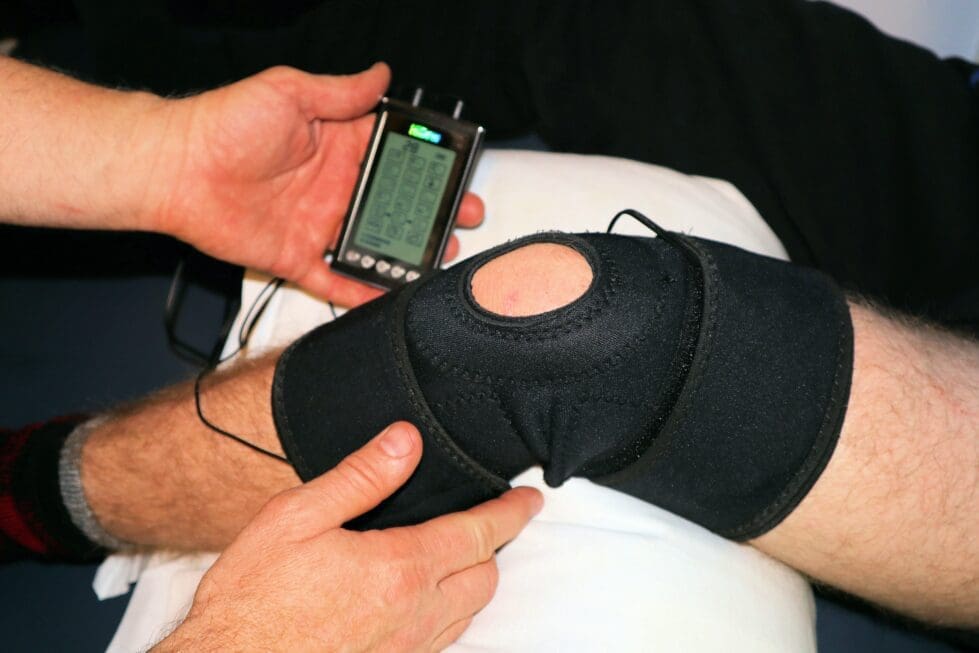
Workers’ compensation rates are going down again in Delaware. (Photo by physical therapist Terry Shultz from Unsplash)
Workers’ compensation insurance rates will decrease for the seventh year in a row, Insurance Commissioner Trinidad Navarro announced Wednesday.
Effective Dec. 1, the voluntary market will decrease 10.03%, while the residual market will decrease 13.85%, he said Thursday.
Updated figures were released following a review of the Delaware Compensation Rating Bureau filing by independent actuaries and a public hearing with the bureau and the state’s ratepayer advocate, the final workers’ comp rates have been approved.
Workers’ compensation insurance provides coverage when an employee is hurt on the job and can provide medical coverage as well as payments for lost wages if a person is unable to work due to their injury,” the announcement said. “Lower premiums don’t change the amount of compensation an injured employee receives.”
Delaware’s highest weekly workers’ comp payment is $867.52, according to the Social Security Administration.
In the voluntary market, companies buy the insurance on their own.
“When an employer is unable to secure coverage through the voluntary market, an alternative commonly referred to as the ‘assigned risk’ or ‘residual market’ is available to the employer through” the Delaware Insurance Plan, according to the Delaware Compensation Rating Bureau. “The DIP ensures that all employers have a means of meeting their statutory obligations under the workers compensation law.”
Companies go into the residual market “due to cost, high risk or claims history, the announcement said.
Final rates are expected to be announced later this fall.
The insurance department tracked these recent changes in the rates:
- 2022: -19.72% residual; -14.76% voluntary
- 2021: -20.01% residual; -21.02 voluntary
- 2020: -8.8% residual; -11.56% voluntary
- 2019: -12.75% residual; -13.29% voluntary
- 2018: -7.29% residual; -10% voluntary
- 2017: -5.73 residual; -3% voluntary
Cost of workers’ comp varies
The average cost of workers’ comp in the United States is $78 per employee, per month, according to Simply Insurance. It’s $38 in Delaware, the 12th highest. The low is $16, in 11 states, and the high is $106, in New Hampshire.
Navarro used the announcement to promote the department’s Workplace Safety Program, saying that more than 1,100 employers saved $6.9 million last year. “Eligible businesses can earn up to a 19% discount on their insurance by successfully undergoing annual safety inspections and complying with recommendations. Importantly, employees may also benefit directly from employer-based safety goals – for example, a workplace may offer bonuses if there are no injuries in a given timeframe and pass on the savings to workers.”
“Only benefits can be gained by participating; failure to qualify cannot be the basis for premium increases or sanctions imposed by other safety officials,” the announcement said.
In announcing the decrease, Navarro credited insurance department reforms and businesses “committing to reducing risk through employee protections and creating safe work environments.”
“The decline is representative of many factors, including legislative initiatives,” said Chris Haas, a senior policy advisor in the department. “Implementation of HB 373, passed in 2014, is key amongst these, and it arose in part from the Governor’s Workers Compensation Oversight Panel and the Workers’ Compensation Task Force. The department participated in these groups. This legislation began a multi-year process to significantly lower the medical costs that factor into these rates.
“The department’s Workplace Safety Program has also helped organizations create safer work environments that helps reduce claims and premiums for both the participating employer as well as the market as a whole. This program has also seen changes over the course of our administration; for example, we added a Drug-Free Program Addendum.”
In 2018, Navarro told Delaware Business Times that factors in that year’s decline included safer workplaces, the department negotiating bigger decreases with insurers and a decline in the maximum charges for various medical procedures, tied to Medicare reimbursement levels.
The Delaware State Chamber of Commerce – which counts “reducing workers’ compensation rates by 33% over three years” as one of its recent achievements – was also asked for comment.
some info
Share this Post




